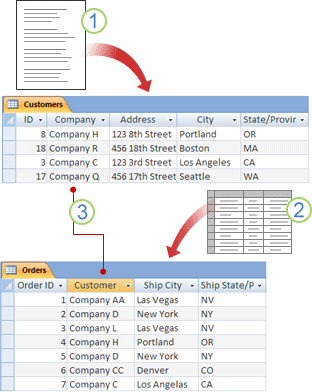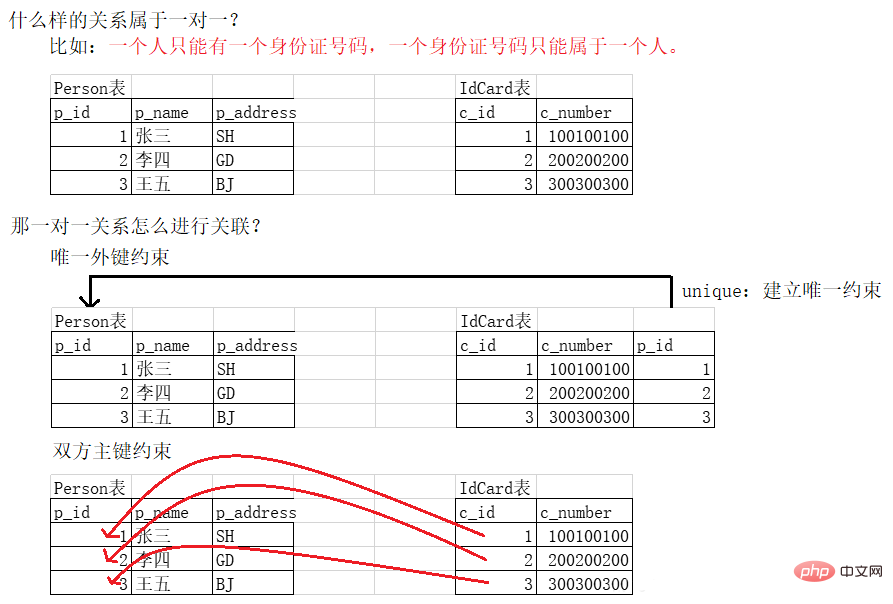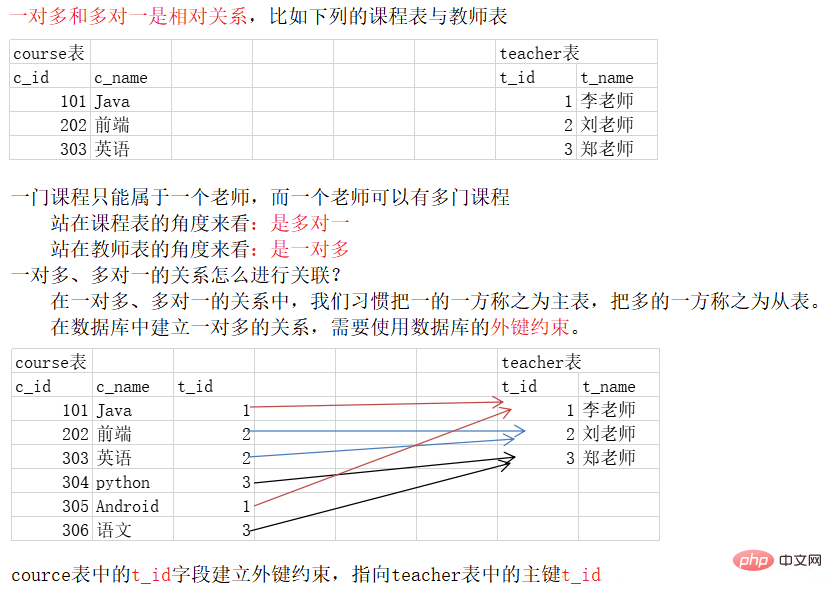Home >Common Problem >What is the structural hierarchy of access database?
What is the structural hierarchy of access database?
- 青灯夜游Original
- 2022-08-26 16:45:374373browse
The structural hierarchy is "database→data table→record→field"; fields constitute records, records constitute data tables, and data tables constitute databases. A database is a complete set of data records. A database contains 0 to N tables, a table contains 0 to N fields, and records are rows in the table.

The operating environment of this tutorial: Windows 7 system, Dell G3 computer.
Access is a relational database management system released by Microsoft. It combines the two features of MicrosoftJet Database Engine and graphical user interface, and is one of the system programs of Microsoft Office.
The structural hierarchy of the access database
The structural hierarchy is "database→data table→record→field".
Database
The database is a complete set of data records. A database contains 0--N tables, and a table contains 0--N A field, a record is a row in the table.
Data table
Table (Table) - The table is the basic object of the database and the basis for creating the other five objects. Tables are composed of records, and records are composed of fields. Tables are used to store database data, so they are also called data tables.
A data table displays data records in rows and columns, and is a collection of the same type of data. A database can contain one or more data tables, and a table can only be contained by one database.
Field
The field is a column of a table in the database instance. For example, the student table consists of id, name, and gender. The field refers to id or name or gender. In other words: id is a field; name is also a field; gender is still a field.
Record
Record is the unit of rows in the table, and one row is called a record. Still taking the student table as an example, query all the data in the table, and any row in it is called a record.
Summary: Fields constitute records, records constitute data tables, and data tables constitute databases.
Tables and Relationships
To store data, create a table for each type of information you track. Information types can include customer information, products, and order details. To combine data from multiple tables in a query, form, or report, you need to define relationships between the tables.

#1. Customer information that was once in the mailing list is now in the Customers table.
2. The order information that was once in the spreadsheet is now in the Orders table.
3. Distinguish each record in the table through a unique ID (such as customer ID). Access adds a unique ID field from one table to another table and defines a relationship between the two fields, matching related records in the two tables so that they can be combined into a form, report, or query.
It should be noted that , relationship refers to the relationship between records between tables and cannot be used to describe records in the same table.
Relationships are divided into three categories, mainly: one-to-one, one-to-many (many-to-one), and many-to-many; they are introduced in order below.
One-to-one
One-to-one refers to that one record in one table only corresponds to one record in other tables, and other One record in the table corresponds to only one record in this table.

One-to-many (many-to-one)
One record in one table can correspond to another Multiple records in one table, but conversely, a record in one table can only correspond to one record in another table.
For example, in the relationship between mother and child, a mother may have multiple children, but a child can only have one mother (the relationship between the mother table and the child table).

Many-to-many
Records in one table can correspond to multiple records in another table , and a record in another table can also correspond to multiple records in this table.
Note: For the description of many-to-many relationships, when designing a specific database, a new table needs to be added to store the relationship between the two tables.
For more related knowledge, please visit the FAQ column!
The above is the detailed content of What is the structural hierarchy of access database?. For more information, please follow other related articles on the PHP Chinese website!


